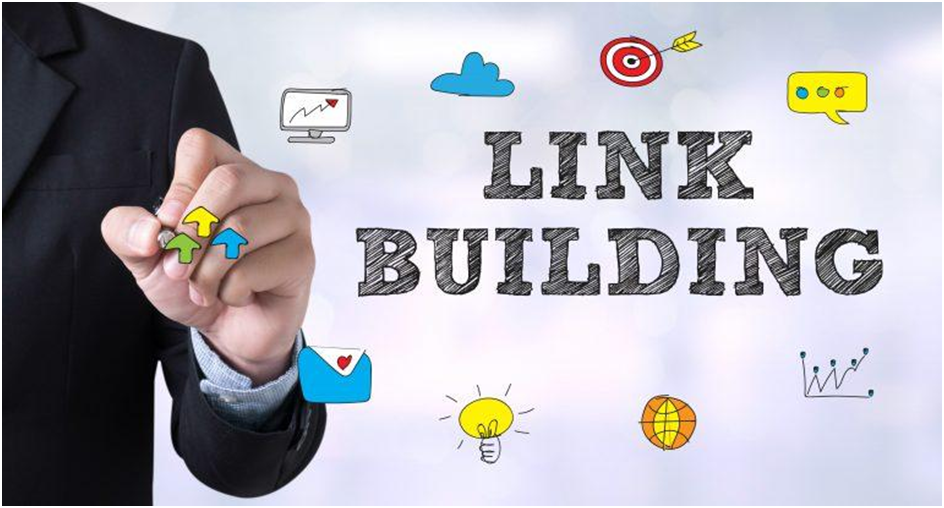The Impact of Internal Linking on SEO and Link Building

In the digital landscape, an effective internal linking strategy plays a crucial role in optimizing website performance, improving search engine rankings, and enhancing user experience. While external backlinks often steal the spotlight in SEO discussions, internal linking is equally vital in shaping a well-structured website that search engines and users can navigate with ease. This article explores the significance of internal linking, its role in SEO and link building, and best practices for its implementation.
Understanding Internal Linking
Internal linking refers to the practice of connecting one page of a website to another within the same domain. Unlike external links, which point to other websites, internal links help establish a site’s structure and improve navigability.
Types of internal links include:
- Navigational Links: Found in menus, headers, and footers to guide users to important pages.
- Contextual Links: Placed within content to direct users to relevant articles, blogs, or product pages.
- Breadcrumb Links: Provide a clear path for users, showing them the hierarchy of pages.
- Footer & Sidebar Links: Offer quick access to additional resources or important sections of the site.
A well-planned internal linking strategy ensures that users and search engines can easily access valuable content, ultimately improving visibility and engagement.
The Role of Internal Linking in SEO
1. Enhancing Website Crawlability and Indexing
Search engine crawlers use internal links to navigate a website and discover new pages. If a page lacks links pointing to it, search engines may struggle to index it, reducing its visibility in search results. A strong internal linking structure ensures that all critical pages are easily discoverable.
2. Distributing Page Authority (Link Equity)
Similar to how external backlinks pass authority from one website to another, internal links help distribute “link equity” across a website. When a high-authority page links to a lower-ranking page, it boosts the latter’s SEO potential, improving its chances of ranking higher in search engine results.
3. Improving User Experience (UX) and Engagement
Internal links enhance user experience by guiding visitors to related content, reducing bounce rates, and increasing time spent on the website. When users can easily find relevant information, they are more likely to engage with the content and explore multiple pages.
4. Strengthening Keyword Strategy
Anchor text—the clickable text in a hyperlink—plays a significant role in SEO. By using keyword-rich anchor text in internal links, businesses can help search engines understand the context of linked pages, improving their rankings for specific search queries.
5. Driving Conversions
Strategically placed internal links direct users toward high-converting pages, such as service offerings, product listings, or lead capture forms. By guiding visitors through a logical content journey, internal links encourage engagement and increase conversion rates.
How Internal Linking Complements External Link Building
While external backlinks from authoritative sites improve a website’s credibility, internal linking strengthens the website’s structure and enhances SEO efforts. The two strategies work together to create a well-balanced approach to link building.
1. Enhancing Authority Distribution
External backlinks bring authority to a website, but internal links distribute that authority across various pages. This ensures that valuable SEO benefits extend beyond the homepage and reach deeper content.
2. Increasing Content Discoverability
A strong internal linking strategy allows search engines to better understand content relationships, increasing the likelihood of ranking for relevant keywords.
3. Reducing Dependence on External Backlinks
Websites with a well-structured internal linking system are less reliant on external backlinks to rank well, making them more resilient to changes in search engine algorithms.
Best Practices for Implementing Internal Links
1. Use a Logical and Hierarchical Structure
Ensure internal links follow a clear and intuitive structure. Organize links to create a seamless flow, directing users from general topics to more specific content.
2. Optimize Anchor Text for SEO
Anchor text should be relevant, descriptive, and contain keywords where appropriate. Avoid generic phrases like “click here” and instead use meaningful text that provides context to the linked page.
3. Prioritize Deep Linking
Instead of only linking to the homepage or contact page, focus on deep linking—connecting to valuable but less accessible content within the website.
4. Limit the Number of Links Per Page
Overloading a page with excessive internal links can confuse users and dilute SEO value. Keep the number of links reasonable to maintain clarity and usability.
5. Regularly Audit and Update Internal Links
As websites grow, outdated or broken internal links can negatively impact SEO and user experience. Conduct routine audits to ensure that all links remain functional and relevant.
Common Internal Linking Mistakes to Avoid
- Ignoring Orphan Pages – Every page should have at least one internal link pointing to it. Otherwise, search engines may overlook it.
- Over-Optimizing Anchor Text – Avoid excessive keyword stuffing in anchor text, as it can appear unnatural and may be penalized by search engines.
- Neglecting Mobile Usability – Ensure internal links are easy to click and well-spaced for mobile users.
- Using Too Many Internal Links on a Single Page – Excessive linking can overwhelm users and dilute SEO impact.
Conclusion
Internal linking is a fundamental yet often underutilized aspect of SEO and link-building strategies. By enhancing website structure, distributing authority, improving user experience, and boosting search rankings, internal links play a critical role in a website’s success.
By implementing a well-structured internal linking strategy, businesses can strengthen their SEO efforts, complement external link-building, and create a seamless browsing experience for users. When executed correctly, internal linking not only improves search visibility but also drives engagement and conversions, making it a powerful tool in any digital marketing strategy.





